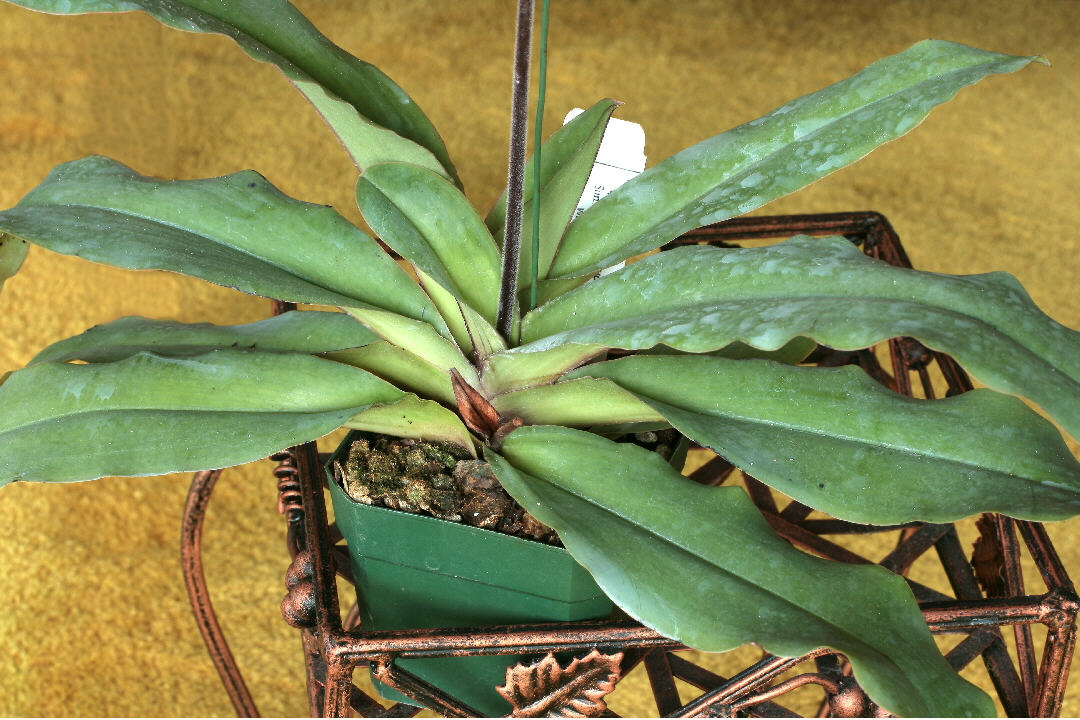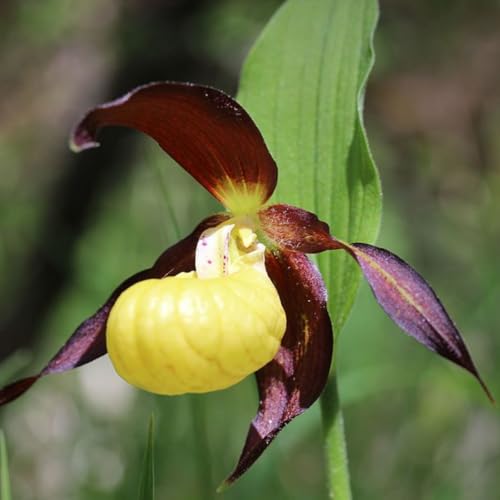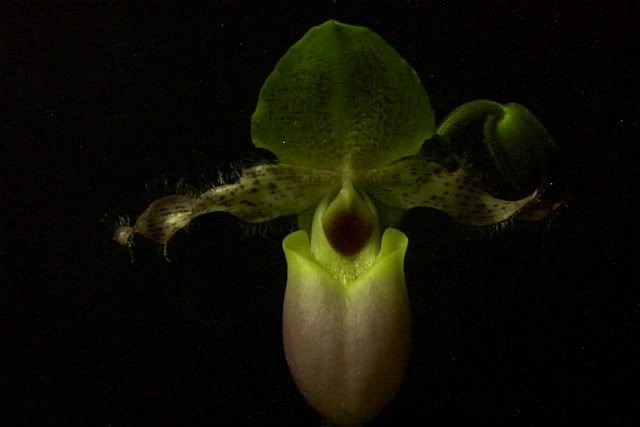Rick
Well-Known Member
I thing it is the glaucophyllum that is going around as a species but could be a variety or a natural hybrid of with moquettianum. I bought a plant as glaucophyllum but the flower where a little bigger than a glaucophyllum but smaller than a moquettianum. it has a the coloration is intermediate between the two notice the dorsal sepal which is moquettianum influenced. I am attaching a photo of the plant which is similar to yours. This is just my opinion and it still may be a variety of glaucophyllum.
Ramon
Paph. glaucophylum var.?

Plant

Check out the picture of "var. moquettianum" in Cash's book (first printing 1991). Does anyone know the origin of that plant. It's a dead ringer for the one that Ramon flowered and the type that Andy's was selling in early to mid 2000's. The "moquettianum" in the OD Paph checklist Vol 64 (2000) shows an intermediate flower with less dense spotting, but the spots arranged in stripes.













































